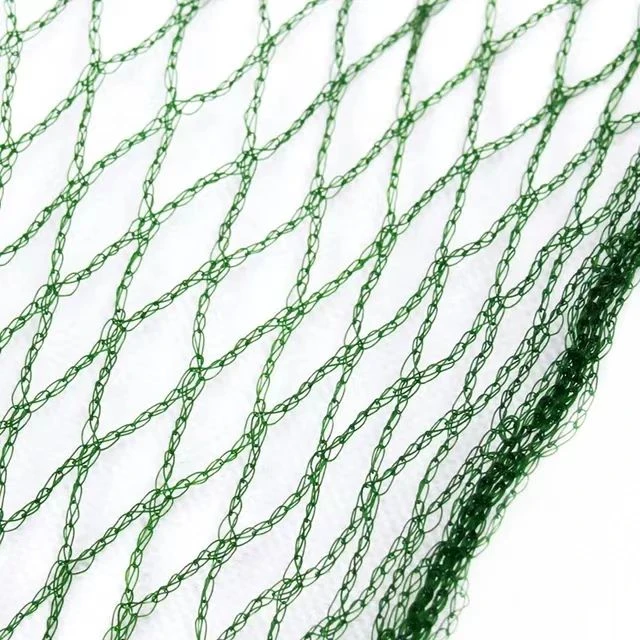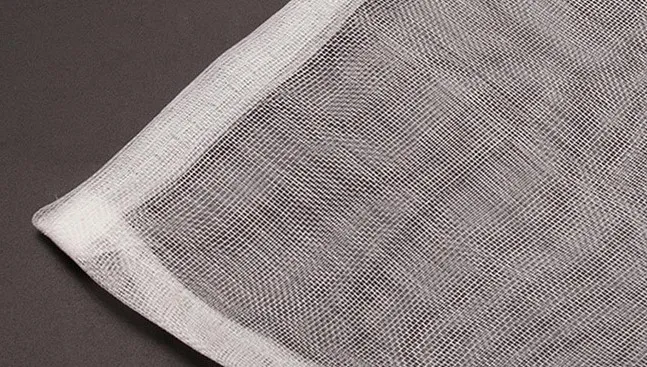-
 Afrikaans
Afrikaans -
 Albanian
Albanian -
 Amharic
Amharic -
 Arabic
Arabic -
 Armenian
Armenian -
 Azerbaijani
Azerbaijani -
 Basque
Basque -
 Belarusian
Belarusian -
 Bengali
Bengali -
 Bosnian
Bosnian -
 Bulgarian
Bulgarian -
 Catalan
Catalan -
 Cebuano
Cebuano -
 China
China -
 Corsican
Corsican -
 Croatian
Croatian -
 Czech
Czech -
 Danish
Danish -
 Dutch
Dutch -
 English
English -
 Esperanto
Esperanto -
 Estonian
Estonian -
 Finnish
Finnish -
 French
French -
 Frisian
Frisian -
 Galician
Galician -
 Georgian
Georgian -
 German
German -
 Greek
Greek -
 Gujarati
Gujarati -
 Haitian Creole
Haitian Creole -
 hausa
hausa -
 hawaiian
hawaiian -
 Hebrew
Hebrew -
 Hindi
Hindi -
 Miao
Miao -
 Hungarian
Hungarian -
 Icelandic
Icelandic -
 igbo
igbo -
 Indonesian
Indonesian -
 irish
irish -
 Italian
Italian -
 Japanese
Japanese -
 Javanese
Javanese -
 Kannada
Kannada -
 kazakh
kazakh -
 Khmer
Khmer -
 Rwandese
Rwandese -
 Korean
Korean -
 Kurdish
Kurdish -
 Kyrgyz
Kyrgyz -
 Lao
Lao -
 Latin
Latin -
 Latvian
Latvian -
 Lithuanian
Lithuanian -
 Luxembourgish
Luxembourgish -
 Macedonian
Macedonian -
 Malgashi
Malgashi -
 Malay
Malay -
 Malayalam
Malayalam -
 Maltese
Maltese -
 Maori
Maori -
 Marathi
Marathi -
 Mongolian
Mongolian -
 Myanmar
Myanmar -
 Nepali
Nepali -
 Norwegian
Norwegian -
 Norwegian
Norwegian -
 Occitan
Occitan -
 Pashto
Pashto -
 Persian
Persian -
 Polish
Polish -
 Portuguese
Portuguese -
 Punjabi
Punjabi -
 Romanian
Romanian -
 Russian
Russian -
 Samoan
Samoan -
 Scottish Gaelic
Scottish Gaelic -
 Serbian
Serbian -
 Sesotho
Sesotho -
 Shona
Shona -
 Sindhi
Sindhi -
 Sinhala
Sinhala -
 Slovak
Slovak -
 Slovenian
Slovenian -
 Somali
Somali -
 Spanish
Spanish -
 Sundanese
Sundanese -
 Swahili
Swahili -
 Swedish
Swedish -
 Tagalog
Tagalog -
 Tajik
Tajik -
 Tamil
Tamil -
 Tatar
Tatar -
 Telugu
Telugu -
 Thai
Thai -
 Turkish
Turkish -
 Turkmen
Turkmen -
 Ukrainian
Ukrainian -
 Urdu
Urdu -
 Uighur
Uighur -
 Uzbek
Uzbek -
 Vietnamese
Vietnamese -
 Welsh
Welsh -
 Bantu
Bantu -
 Yiddish
Yiddish -
 Yoruba
Yoruba -
 Zulu
Zulu
Premium Anti-Insect & Shade Nets for Agriculture Crop Protection
- Introduction to Modern Agricultural Challenges
- Technical Advantages of High-Performance Insect Nets
- Comparative Analysis of Leading Manufacturers
- Custom Solutions for Diverse Farming Needs
- Real-World Applications and Success Stories
- Installation Best Practices
- Future Trends in Insect Net Technology

(insect net for agriculture)
Addressing Crop Protection with Insect Net for Agriculture
Farmers globally lose 20-40% of annual yields to pest infestations, according to FAO reports. Advanced insect net for agriculture
systems have emerged as non-toxic solutions, combining physical barrier protection with microclimate optimization. Unlike traditional pesticides, these woven polypropylene screens block pests while maintaining 85-92% light transmission and adequate airflow.
Technical Advantages of High-Performance Insect Nets
Modern anti insect net for agriculture incorporates UV-stabilized polymers with mesh densities ranging from 50 to 120 threads/inch. Key innovations include:
- Aluminum-reinforced edges resisting 45 mph winds
- Anti-dust coatings maintaining 94% airflow after 3 seasons
- Precision mesh alignment (±0.3mm tolerance)
Market Leader Comparison
| Brand | Material | Mesh Size (holes/cm²) | UV Resistance (years) | Price/100m² (USD) |
|---|---|---|---|---|
| AgriShield Pro | HDPE + UV10 | 120 | 8 | $245 |
| NetGuardian AG | LDPE + TiO2 | 90 | 6 | $198 |
| CropArmor Ultra | Recycled Poly | 80 | 5 | $175 |
Customized Protection Systems
Specialized agriculture shade net configurations address regional challenges:
- Tropical regions: 50% shade index with 0.4mm mesh
- Arid zones: 30% shade + anti-static coating
- Greenhouse hybrids: Retractable dual-layer systems
Field Implementation Case Studies
A Kenyan tomato farm achieved 37% yield increase using 100µm nets with 80 mesh/cm² configuration. Monitoring data showed:
- 93% reduction in whitefly penetration
- 0.8°C average temperature moderation
- 28% decrease in irrigation needs
Installation Best Practices
Proper tensioning (8-12 kg/cm²) and pole spacing (≤2.5m) prevent sagging. Ground anchors should penetrate 60cm in soft soils, with 10cm overlap at seams. Annual inspections maintain structural integrity.
Innovations in Insect Net for Agriculture
Emerging smart nets with integrated micro-sensors monitor tension and pest activity, transmitting data to farm management systems. Trials show these IoT-enabled solutions reduce maintenance costs by 18% while increasing barrier effectiveness to 97%.

(insect net for agriculture)
FAQS on insect net for agriculture
Q: What is the purpose of an insect net for agriculture?
A: Insect nets for agriculture protect crops from pests and insects while allowing air, light, and water to pass through. They reduce the need for chemical pesticides and help maintain healthy plant growth. These nets are ideal for organic farming and greenhouse setups.
Q: How does an anti insect net for agriculture differ from regular nets?
A: Anti insect nets are made with finer mesh to block even tiny pests like aphids and thrips. They are UV-stabilized for durability in outdoor conditions. Regular nets may lack the tight weave or UV protection needed for long-term pest control.
Q: Can agriculture shade nets also protect against insects?
A: Agriculture shade nets primarily reduce sunlight and regulate temperature but may offer limited pest protection depending on the mesh size. For full insect control, combine them with specialized anti-insect nets. Dual-purpose nets with shading and pest barriers are also available.
Q: How to install an insect net for agriculture effectively?
A: Secure the net tightly over frames or hoops to prevent gaps where pests can enter. Use weighted edges or bury the net’s sides in soil for stability. Regularly inspect for tears and ensure proper tension to avoid sagging.
Q: What are the benefits of using UV-treated agriculture shade nets?
A: UV-treated shade nets resist degradation from prolonged sun exposure, ensuring longevity. They provide consistent light diffusion and temperature control for crops. This treatment also maintains the net’s structural integrity in harsh weather conditions.
-
Why Nylon Mesh Netting is Revolutionizing Industrial and Commercial ApplicationsNewsJun.13,2025
-
Reinventing Reliability with Construction Wire MeshNewsJun.13,2025
-
Protect Your Crops with High-Performance Agricultural Netting SolutionsNewsJun.13,2025
-
Premium Breeding Net Solutions for Modern AquariumsNewsJun.13,2025
-
Precision Filtration Solutions for Industrial and Commercial NeedsNewsJun.13,2025
-
Advanced Industrial Mesh Solutions for Every ApplicationNewsJun.13,2025











